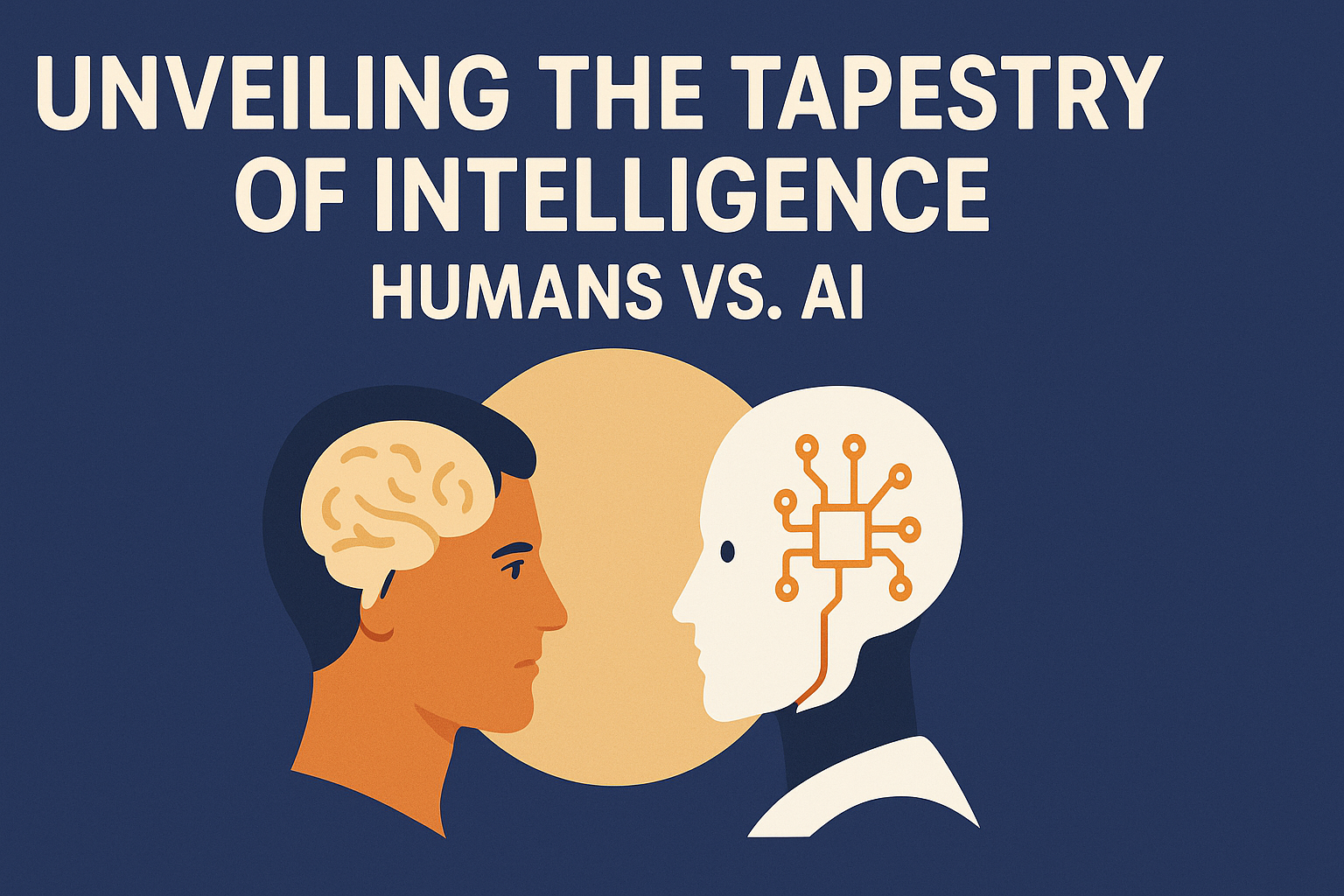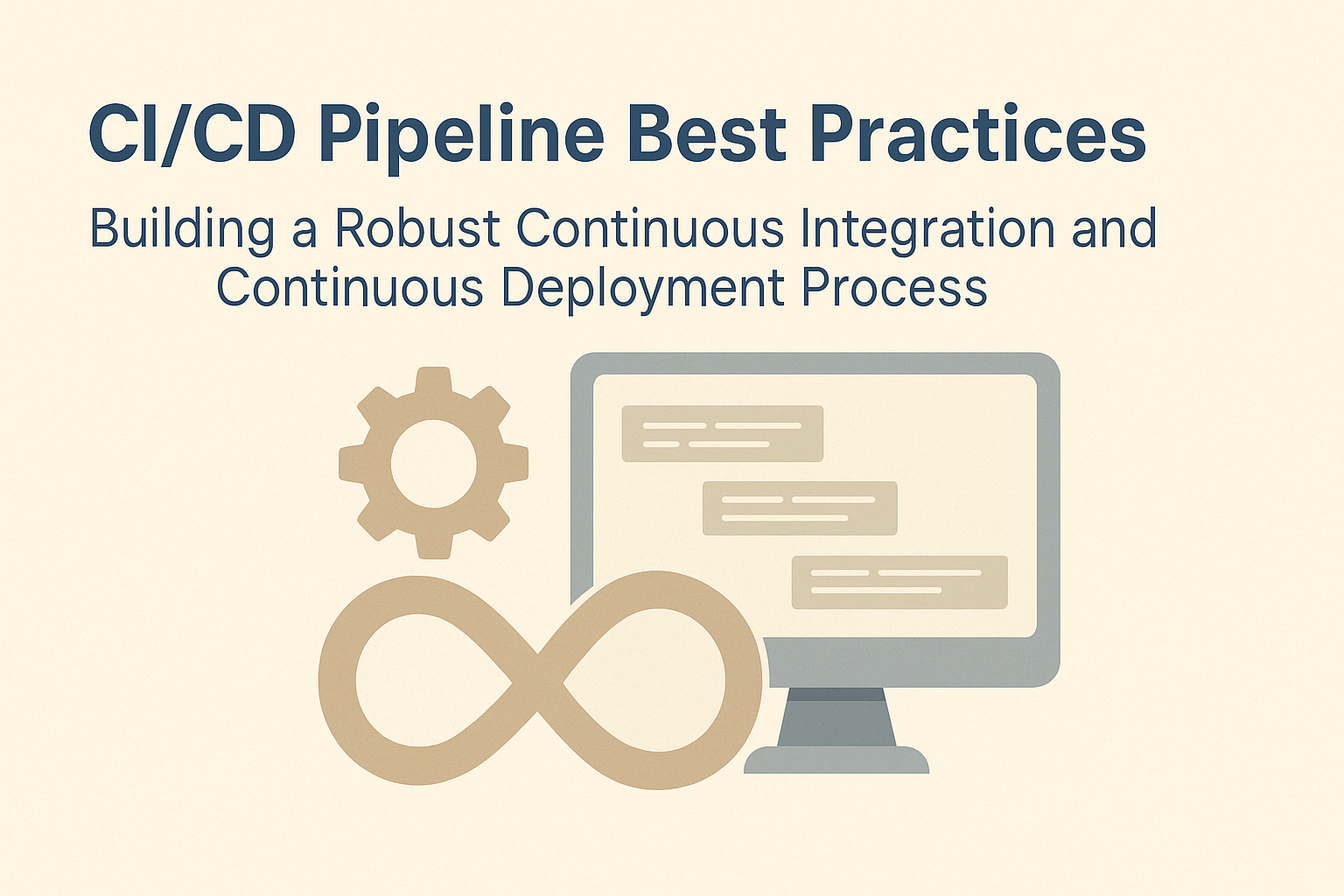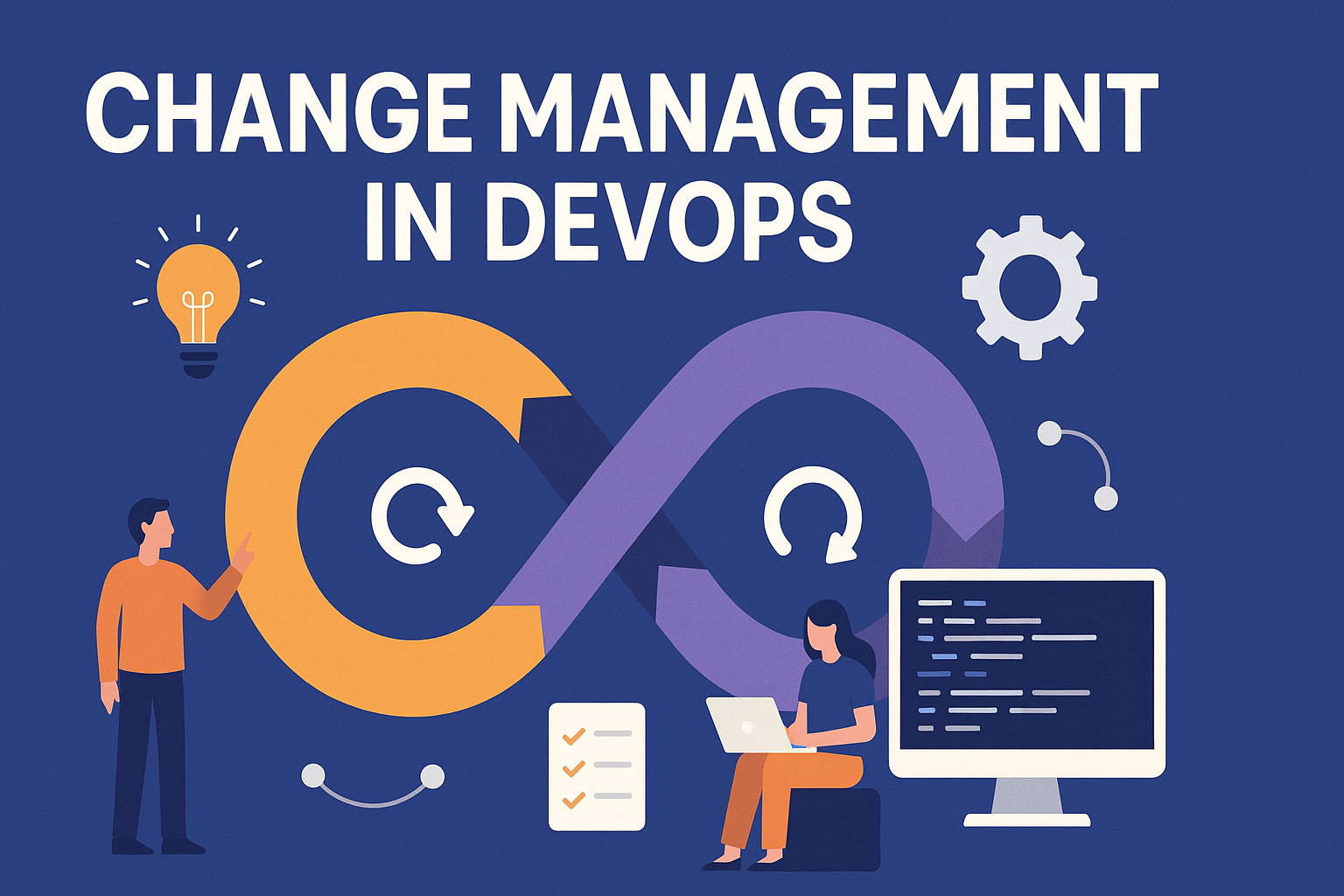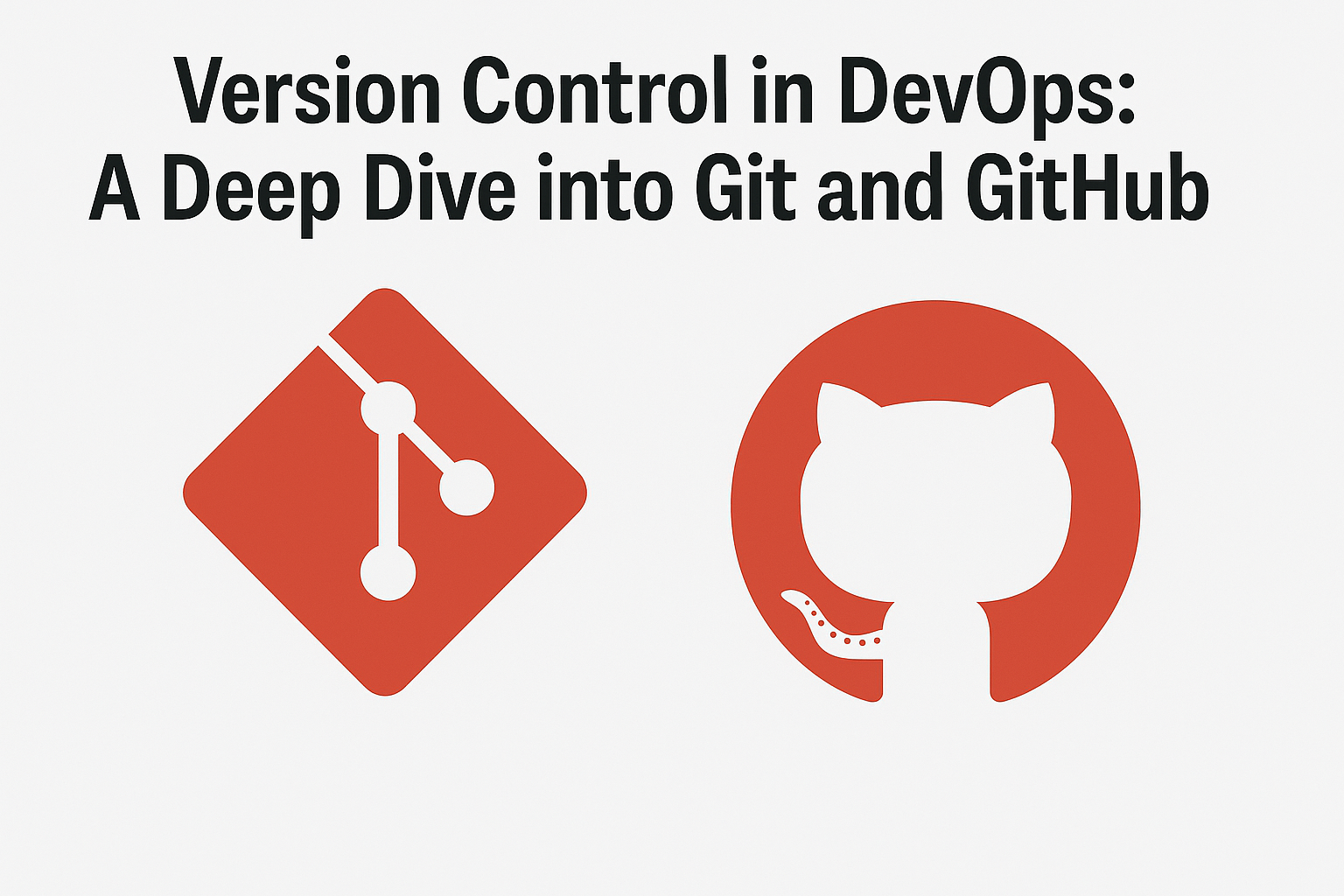Introduction
In today's fast-paced software development landscape, the ability to deliver high-quality code quickly is a competitive advantage. Continuous Integration and Continuous Deployment (CI/CD) pipelines have become essential tools for achieving this goal. A well-structured CI/CD pipeline automates the process of building, testing, and deploying your application, resulting in faster development cycles, increased reliability, and reduced manual intervention. In this blog, we will explore some best practices for building a robust CI/CD pipeline.
What is CI/CD?
Continuous Integration (CI) and Continuous Deployment (CD) are software development practices that emphasize automation, collaboration, and consistency throughout the development process. CI involves regularly integrating code changes into a shared repository and automatically testing them to detect and fix issues early. CD extends this process by automatically deploying code to production or staging environments, ensuring that your application is always in a deployable state.
CI/CD Pipeline Components
A typical CI/CD pipeline consists of several key components:
1. Version Control System (VCS)
Use a version control system like Git to manage your source code. This enables collaboration, history tracking, and easy integration with CI/CD tools.
2. Build and Compilation
Automate the process of compiling code, resolving dependencies, and creating artifacts. Popular build tools include Jenkins, Travis CI, and CircleCI.
3. Testing
Implement automated testing at different levels, including unit tests, integration tests, and end-to-end tests. Tools like JUnit, Selenium, and Jest can be integrated into your pipeline.
4. Containerization
Use containerization technologies like Docker to package your application and its dependencies into a consistent and portable format.
5. Orchestration
Employ container orchestration platforms like Kubernetes to manage and scale your application across multiple instances.
6. Deployment
Automate the deployment process to staging and production environments. Popular tools include Ansible, Terraform, and Kubernetes.7. Monitoring and Logging
Implement robust monitoring and logging to detect and troubleshoot issues in real-time. Tools like Prometheus, Grafana, and ELK Stack can be valuable.
CI/CD Pipeline Components
A typical CI/CD pipeline consists of several key components
Version Control System (VCS)
Use a system like Git to manage your source code for collaboration, tracking changes, and integration with CI/CD tools.
Build and Compilation
Automate compiling code and creating build artifacts. Tools like Jenkins, Travis CI, and CircleCI are commonly used.
Testing
Integrate unit, integration, and end-to-end tests using tools like JUnit, Selenium, or Jest.
Containerization
Package applications with Docker to ensure consistency across environments.
Orchestration
Manage deployment with Kubernetes or similar platforms to scale applications effectively.
Deployment
Use tools like Ansible or Terraform to deploy code reliably and automatically.
Monitoring and Logging
Employ Prometheus, Grafana, or ELK Stack for observability and real-time insights.
Application of CI/CD in Real-World Scenarios
CI/CD pipelines are used across various domains and software development lifecycles to streamline workflows, ensure code quality, and accelerate time-to-market. Here are some typical applications:
Web and Mobile Development
Automatically test and deploy new features to staging or production environments as developers push updates to the repository. This ensures fast feedback and shorter release cycles.
Microservices Architecture
CI/CD pipelines help manage multiple services by allowing independent testing and deployment, improving reliability and reducing integration friction.
Infrastructure Automation (IaC)
Infrastructure changes defined as code (e.g., Terraform) can be tested and applied through the same pipeline, improving consistency and reducing manual setup errors.
Cloud-Native Applications
Seamless integration with cloud platforms (AWS, Azure, GCP) allows dynamic provisioning and deployment of resources, improving scalability and availability.
Machine Learning Operations (MLOps)
Model training, evaluation, and deployment workflows are automated through CI/CD pipelines, allowing continuous improvement of models.
By embedding CI/CD into these environments, teams reduce lead time, improve developer efficiency, and achieve higher confidence in every release.Best Practices for Building a Robust CI/CD Pipeline
1. Automate Everything
Automate as much of the pipeline as possible to eliminate manual errors and reduce deployment times. Every code change should trigger a series of automated actions, including testing and deployment.2. Use Version Control
Maintain a clean and organized codebase in a VCS. Ensure that every code change is associated with a commit and a meaningful commit message.3. Isolate Environments
Separate your development, staging, and production environments to prevent accidental deployment of untested code. Treat your staging environment as a replica of the production environment.4. Implement Code Reviews
Enforce a code review process to ensure code quality, adherence to coding standards, and knowledge sharing among team members.5. Keep Secrets Secure
Protect sensitive information like API keys and passwords by storing them securely using tools like HashiCorp Vault or AWS Secrets Manager.6. Regularly Back Up Data
Implement regular data backups and recovery processes to avoid data loss during deployments.7. Continuous Monitoring
Monitor your application in real-time and set up alerts to detect and respond to issues promptly. Use automated testing and integration tests to validate application health.8. Documentation
Maintain comprehensive documentation for your CI/CD pipeline. This helps onboard new team members and ensures that everyone understands the process.9. Scalability
Design your CI/CD pipeline to be scalable, so it can handle increased workloads as your application grows.10. Security
Incorporate security scans into your pipeline to identify and mitigate vulnerabilities. Tools like OWASP ZAP and SonarQube can help with security testing.11. Feedback Loops
Collect feedback from developers and operations teams to continuously improve the CI/CD process.Conclusion
Building a robust CI/CD pipeline is essential for delivering high-quality software quickly and reliably. By following best practices, automating repetitive tasks, and continuously improving your processes, you can streamline your development workflow, reduce errors, and deliver value to your users faster. Whether you are working on a small project or a large-scale enterprise application, implementing a well-structured CI/CD pipeline will be a key factor in your success.





Leave a comment